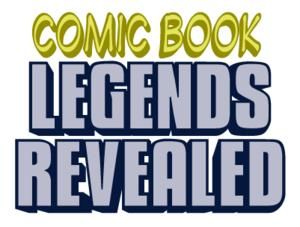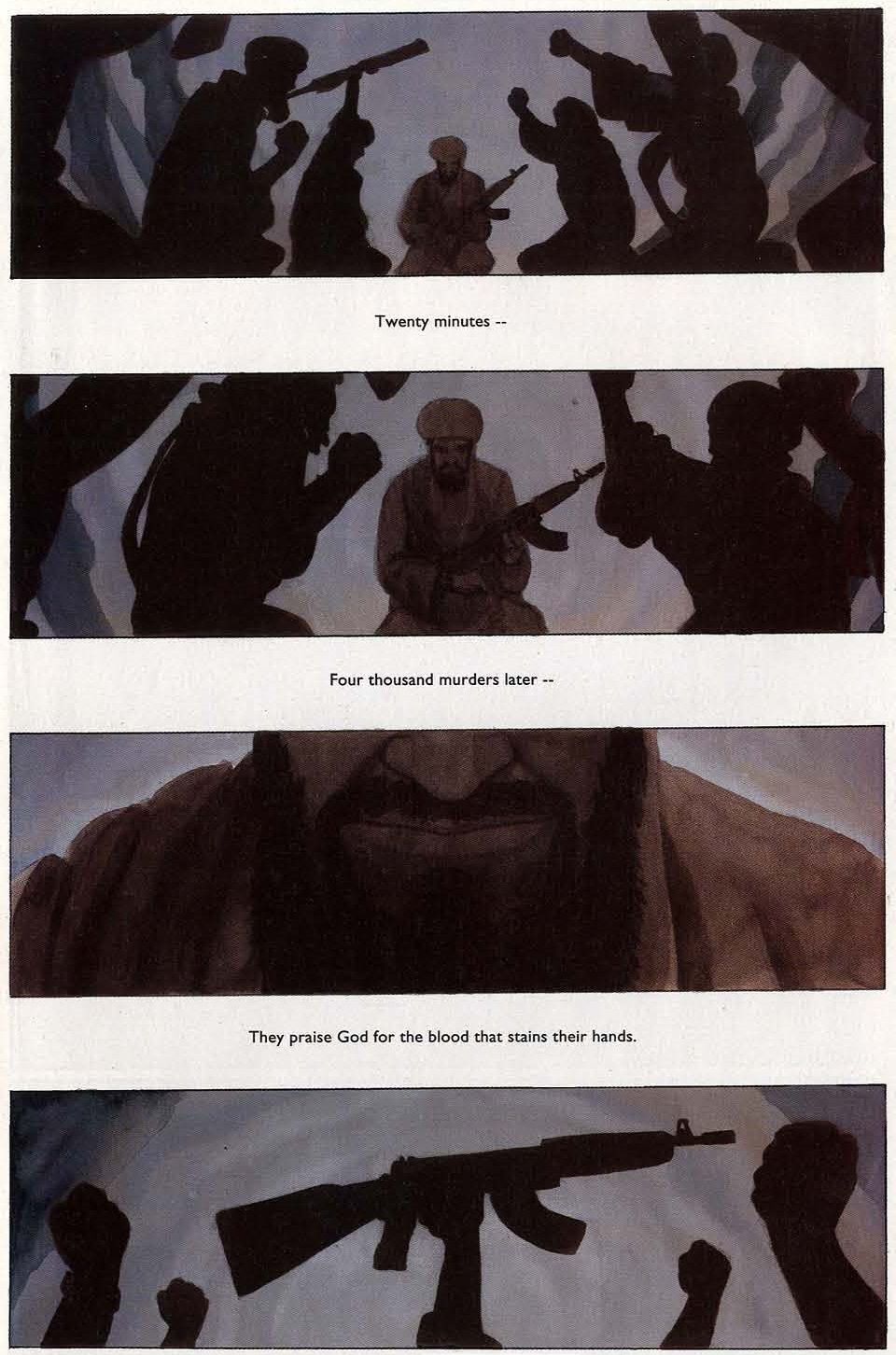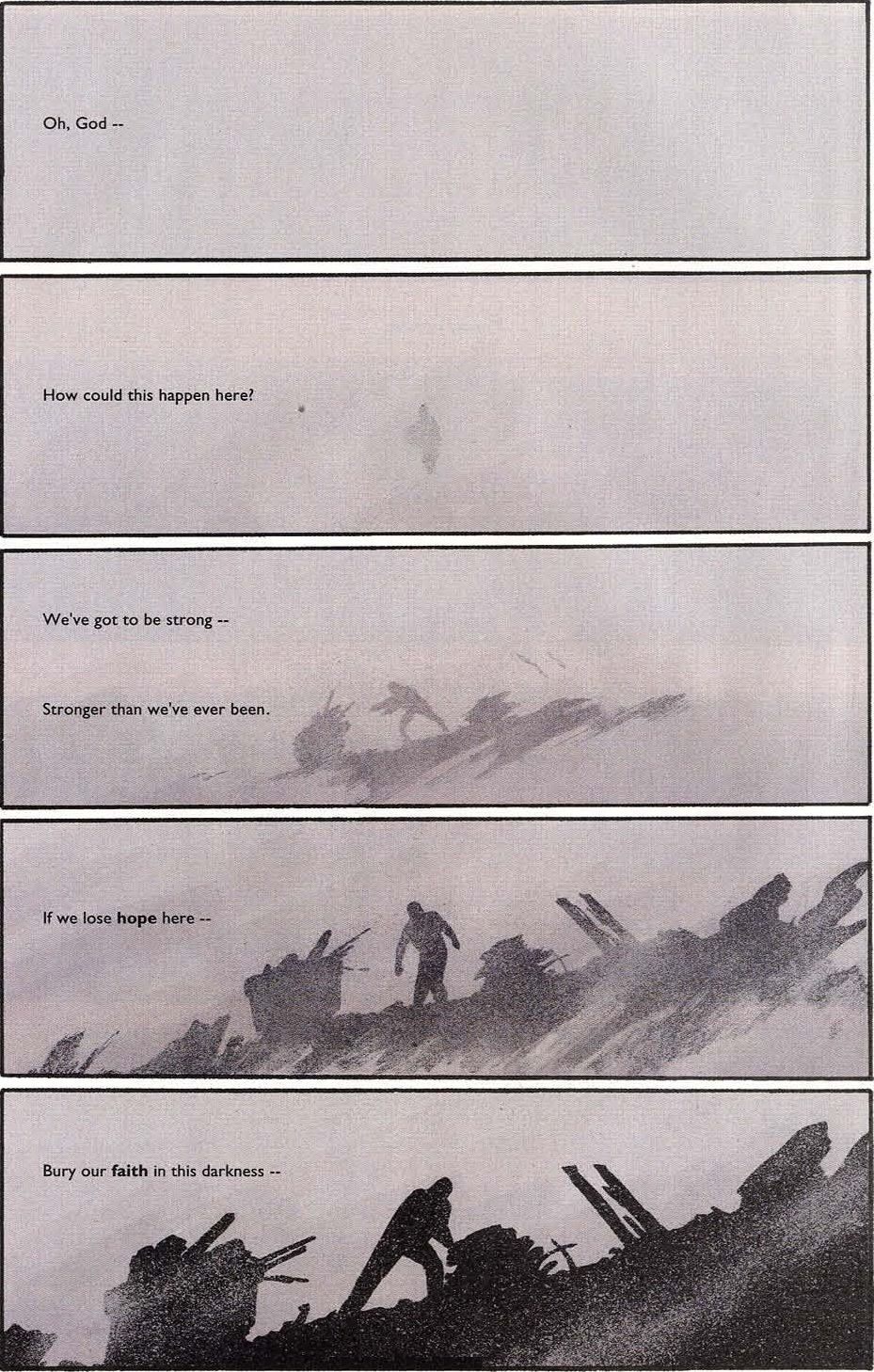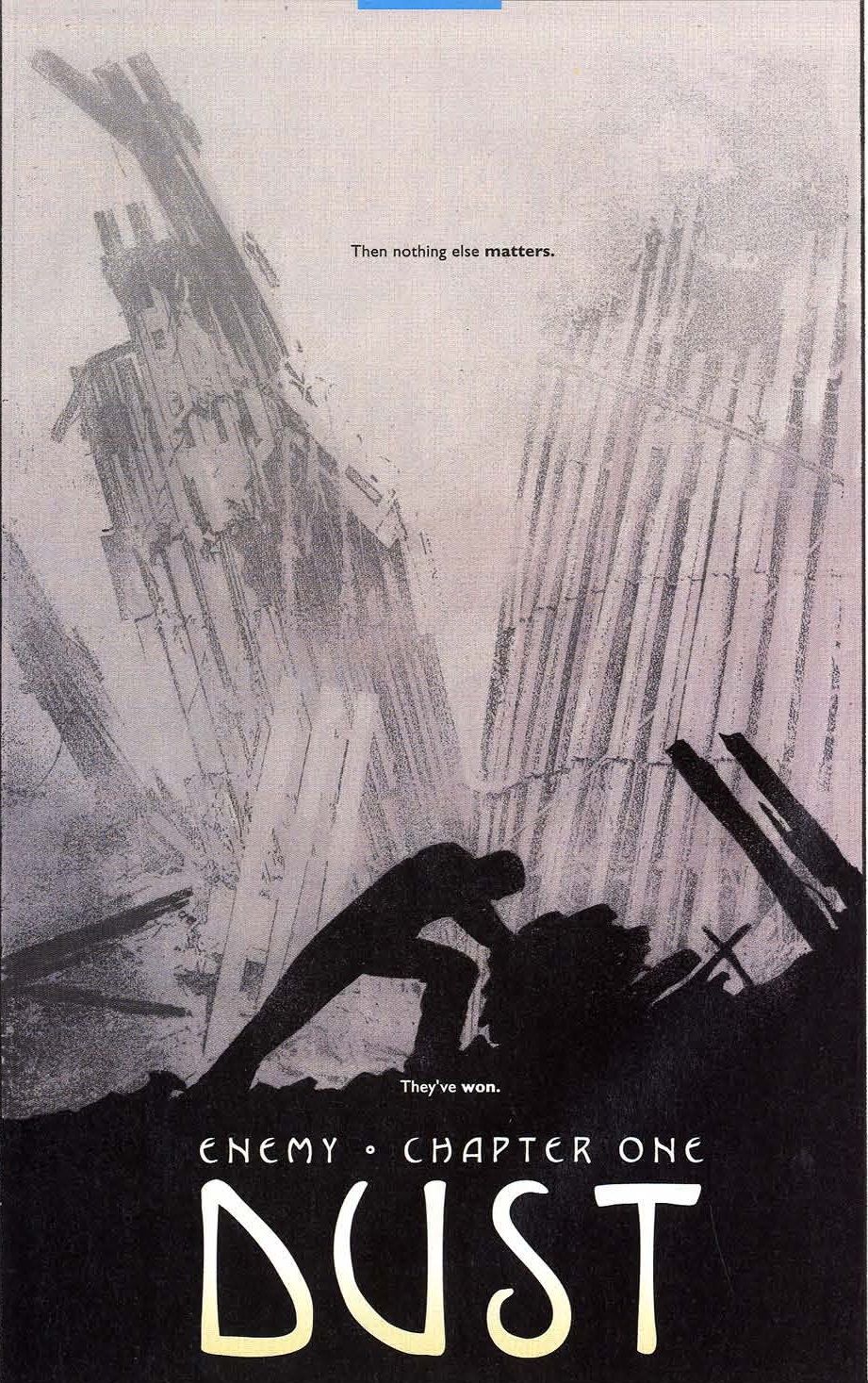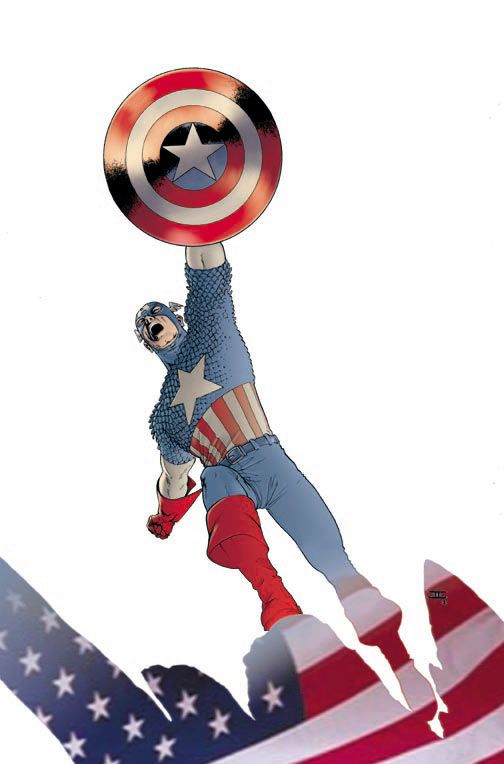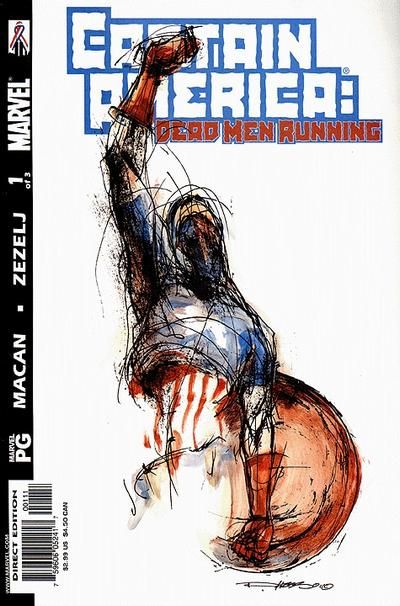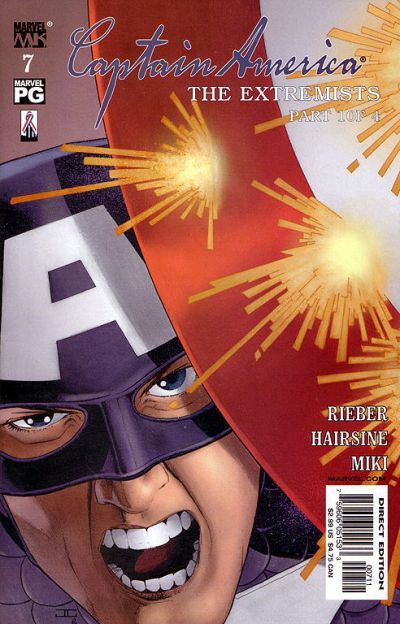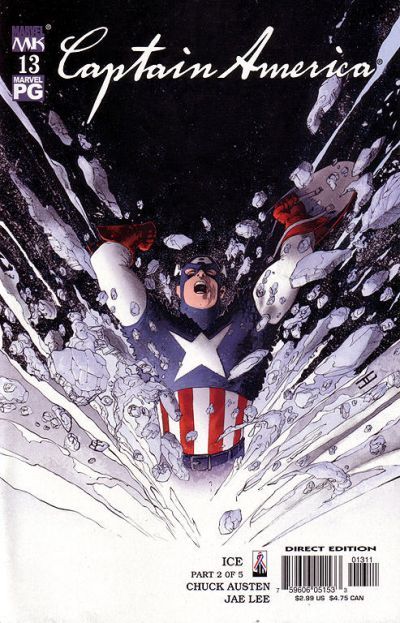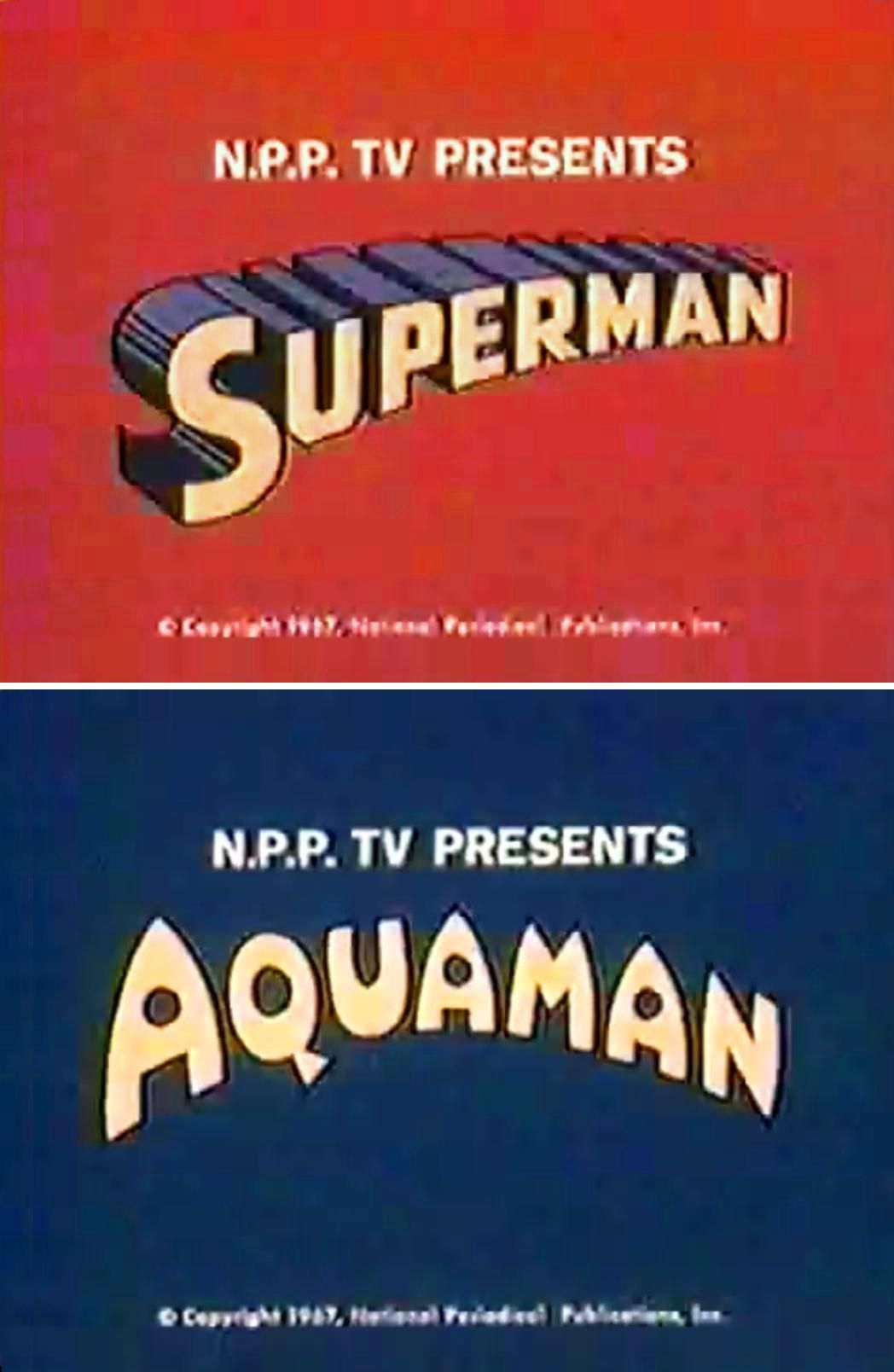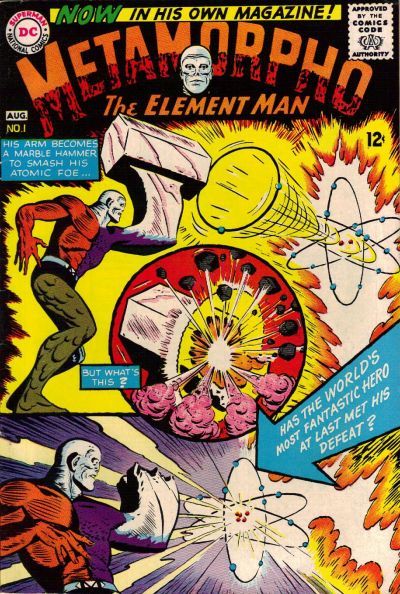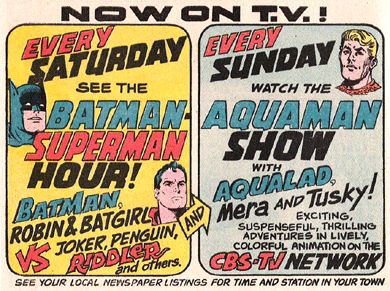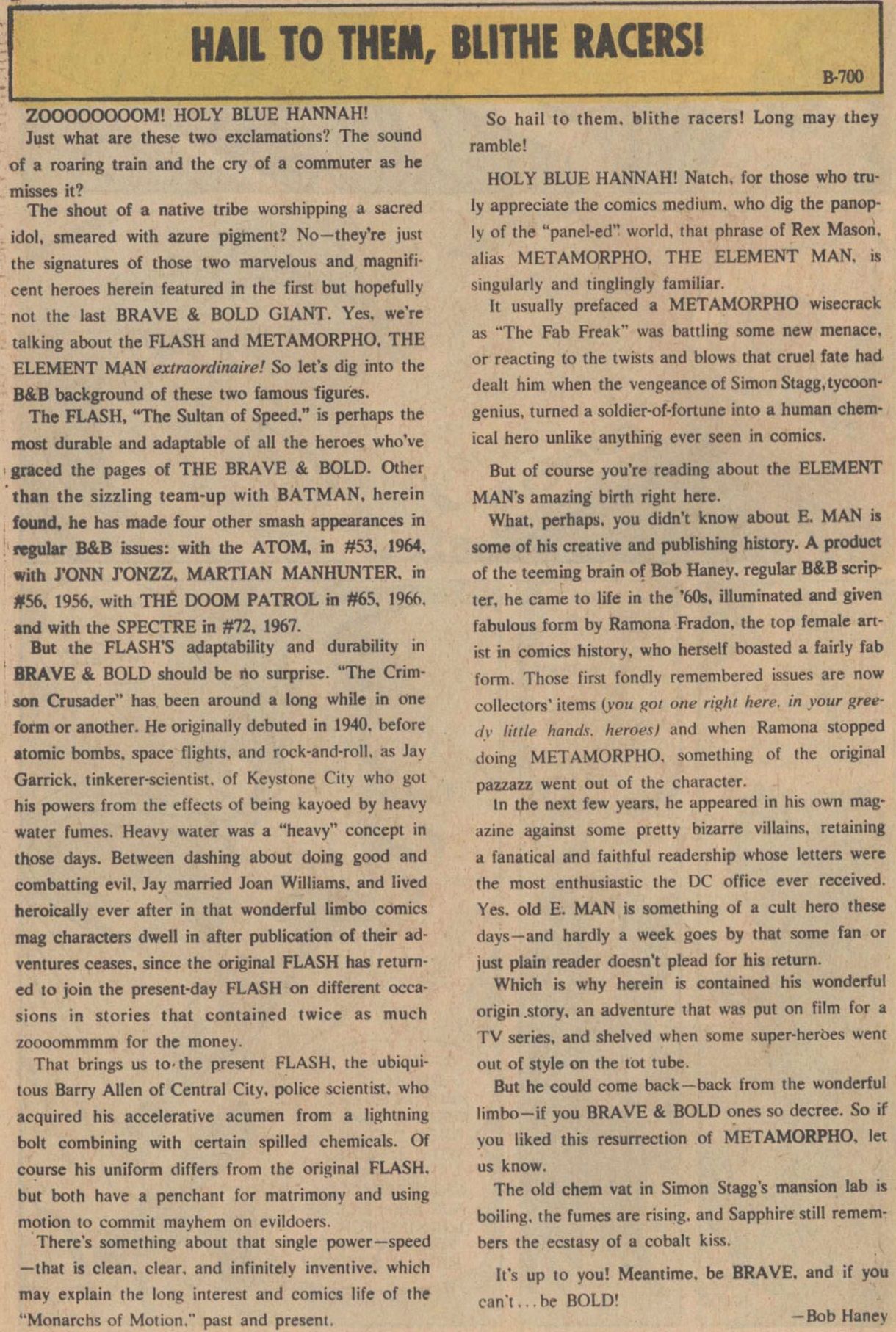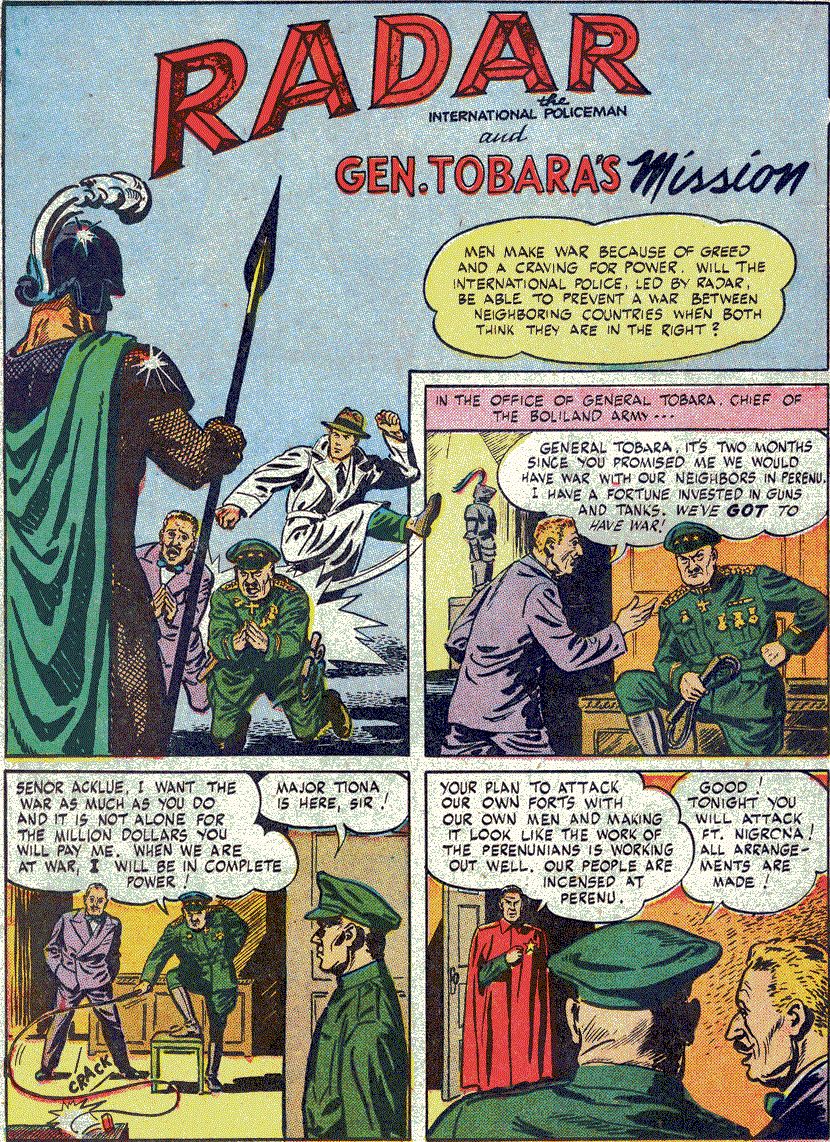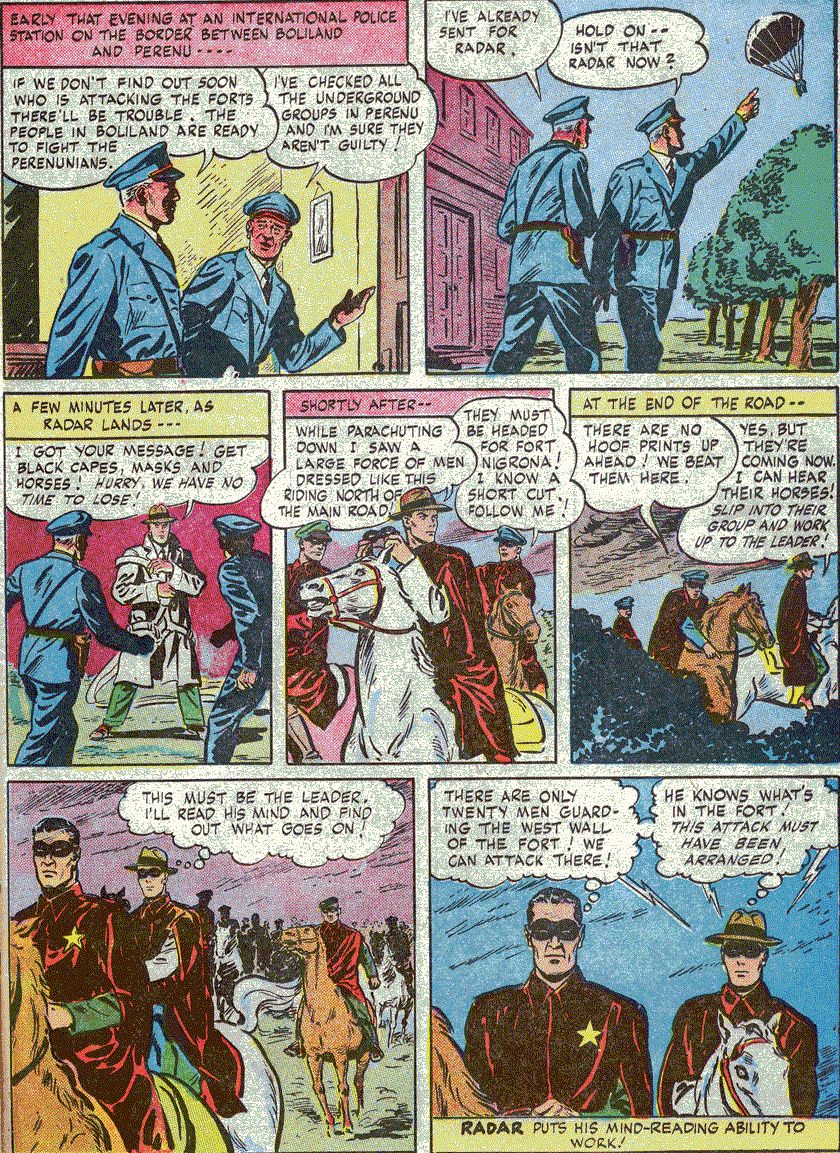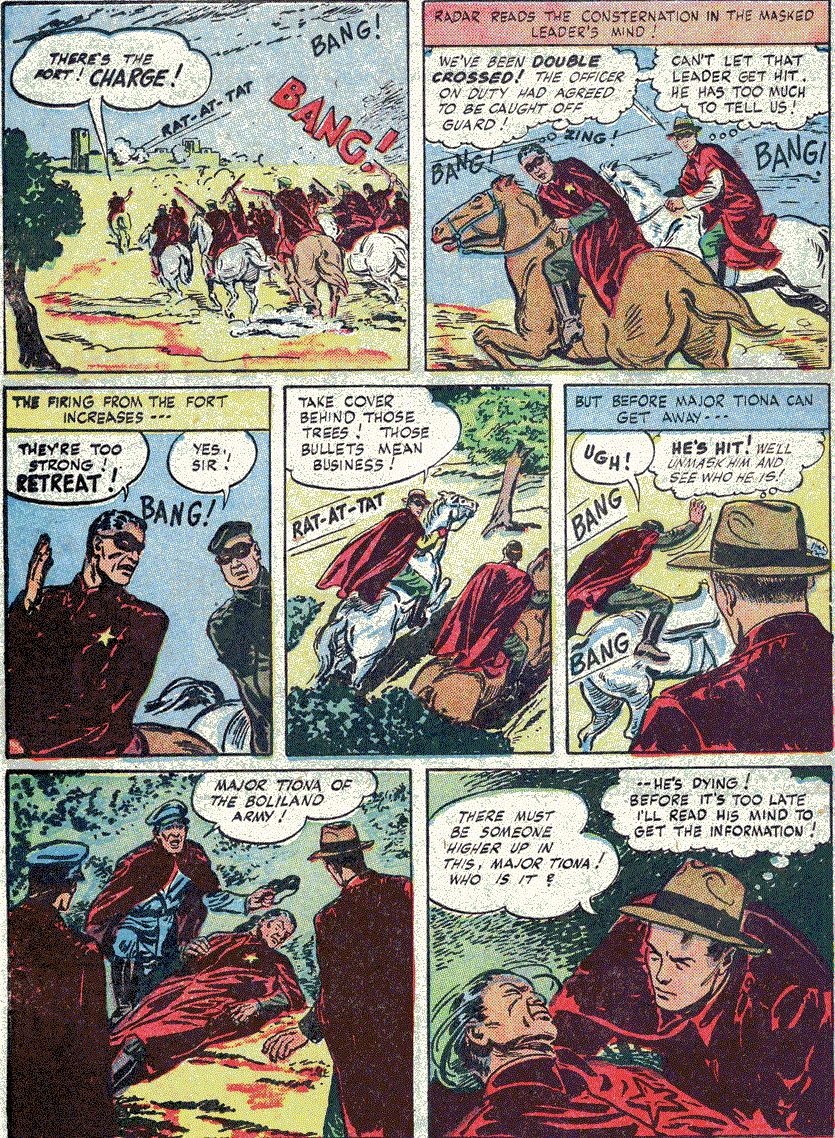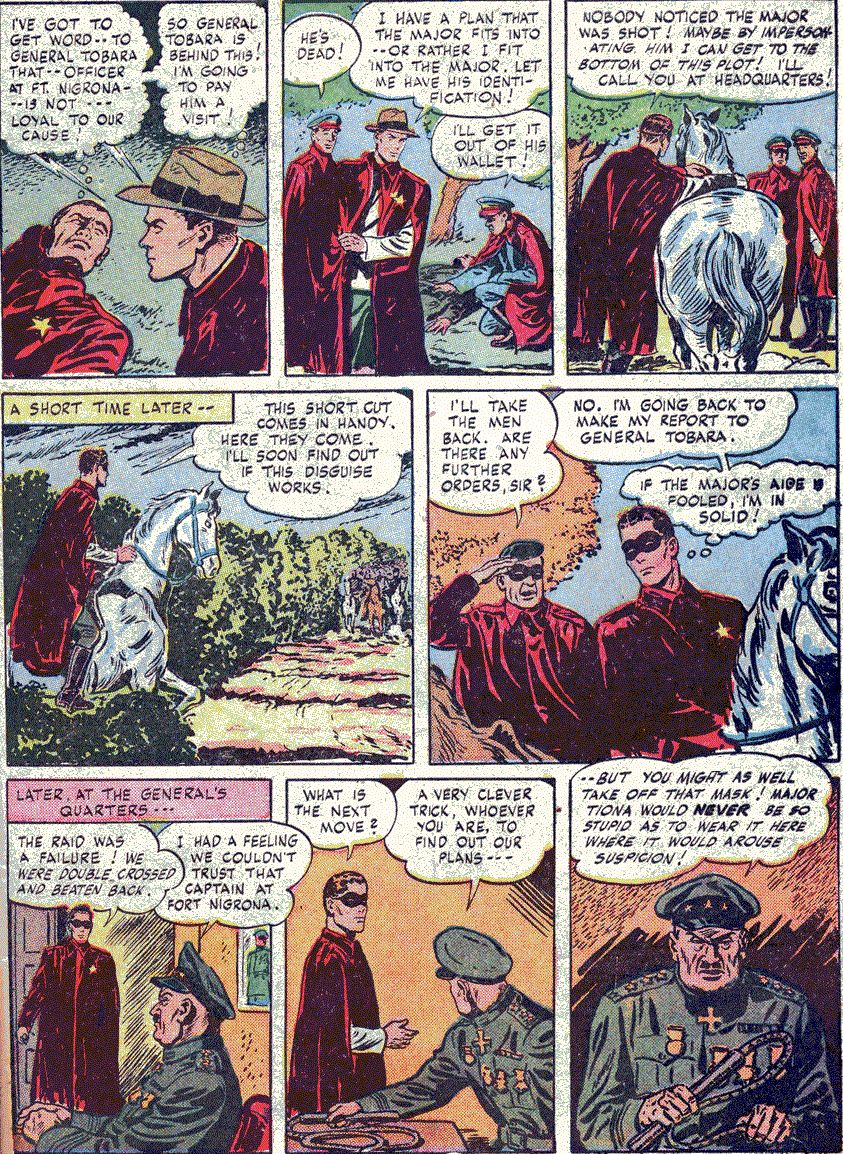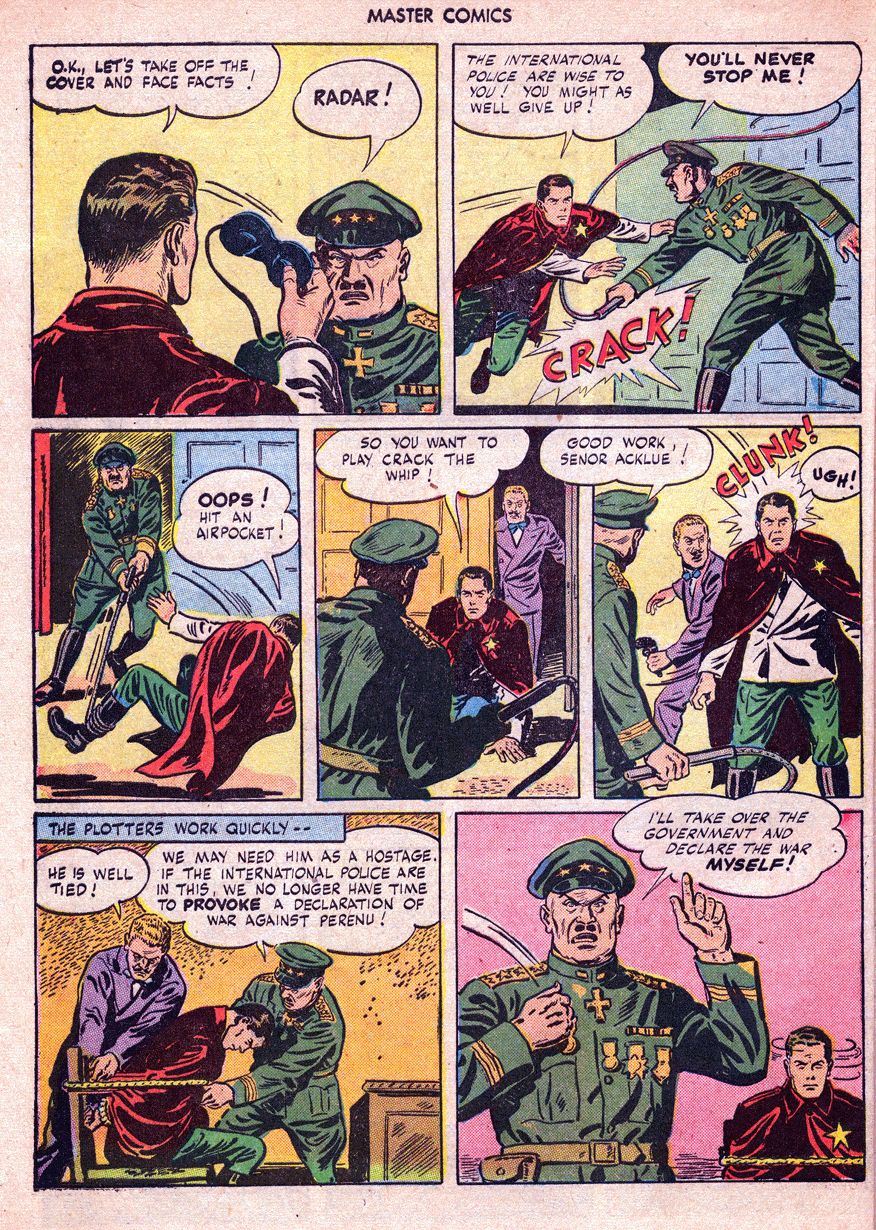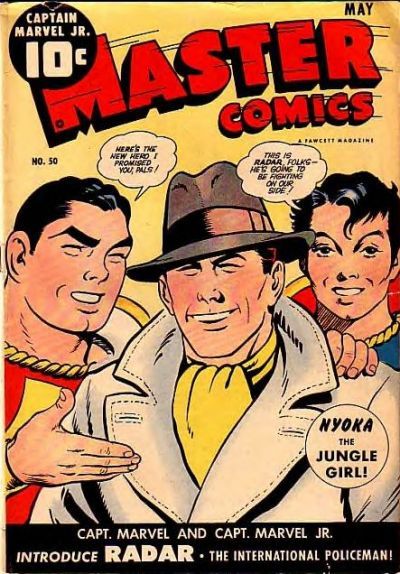Welcome to the four hundred and sixty-eighth in a series of examinations of comic book legends and whether they are true or false. Click here for an archive of the previous four hundred and sixty-seven. This week, did Marvel launch a new Captain America series in response to 9/11? Did they originally intend to address Cap's "death" in the Captain America series preceding the Marvel Knights run? Was there a pilot made for a Metamorpho cartoon during the 1960s? Finally, was there a Fawcett comic book hero produced specifically AS government propaganda?
Let's begin!
NOTE: The column is on three pages, a page for each legend. There's a little "next" button on the top of the page and the bottom of the page to take you to the next page (and you can navigate between each page by just clicking on the little 1, 2 and 3 on the top and the bottom, as well).
COMIC LEGEND: Marvel's 2002 Captain America series was launched in response to 9/11.
STATUS: False
COMIC LEGEND: Marvel originally intended to address the "death" of Captain America in the series preceding the Marvel Knights series.
STATUS: I'm Going With True
A few weeks back, I did a feature on how Marvel oddly enough killed Captain America off in December 2001's Captain America #50 and then did nothing with the plot from that point on, just completely abandoning it. I figured it would be worth checking to see what Marvel's original plans were, which required examining a bit of the history involving Marvel's Captain America plans from that time period.
One of the first things that should be cleared up is that Marvel's 2002 relaunch of Captain America in their Marvel Knights line of comics (written by John Ney Rieber and drawn by John Cassaday) was NOT, as it is often thought of these days, launched as a response to the terrorist attacks on 9/11.
We see this sort of thing come up often, where two historical events will occur close to each other in time so that years later, people logically believe that one was a response to the other where it often is not the case. As commenter Steve notes, it is referred to as "Post hoc ergo propter hoc" (Latin for "after this, therefore because of this"). A notable example that I've done in the past in Comic Book Legends Revealed is how people constantly point to the Broadway musical It's a Bird...It's a Plane...It's Superman! as being influenced by the popular Batman TV series from the mid-1960s since it came out after the Batman TV series. As I point out in that legend, it was not the case (by the way, did you know that the Batman TV series was similar to Batman comics of the time period? I just thought I should get that out of the way before someone felt it worth pointing out).
Similarly, Marvel ends a Captain America series in December of 2001 and then launches one in April 2002 that is all about the 9/11 attacks...
and it is logical to think that it was launched as a result of the attacks.
However, the series was officially announced in AUGUST of 2001. Here is a piece of promotional work by Cassaday released by Marvel at the time...
Cap moving to Marvel Knights had been rumored for quite some time at the time, as Marvel President Bill Jemas was very enthused with the idea of bringing Captain America to Marvel Knights, with the hope of reinvigorating the character the same way that the line had made Daredevil a hot book again a couple of years earlier. So in fact, John Ney Rieber had to scrap his original storyline to quickly write a new one that could deal, in some small part, with the after-effects of the terrorist attack.
But what about the "death" of Cap at the end of 2001? I asked Tom Brevoort about it as well as the original editor of the Marvel Knights series, Stuart Moore, and while Brevoort recalled that there might have been SOME discussion about perhaps addressing Cap's return at the very start of the new series, Moore was pretty sure that the initial story had nothing to do with the previous volume. That is very much in keeping with the aforementioned Bill Jemas' philosophies regarding continuity. He essentially would not want this brand-new series to have to be concerned at all about a previous volume.
HOWEVER, you might notice that the new Cap series launched in April while the old series ended in December. Even before the 9/11 changes, the new series did not plan on starting until March 2002, mostly to give artist John Cassaday enough lead time to finish the series' first story arc.
So Marvel had a big gap in time and a mystery regarding Cap's death. Tom Brevoort recalled that the plan then was to try to have a mini-series that would bridge the gap between the end of the one volume and the beginning of the new one and in THAT series, they might address the death.
As it turned out, Marvel DID have a bridging mini-series by Darko Macan and Danijel Zezelj titled Dead Men Running...
It, however, turned out to not have anything to do with the previous series. Brevoort thought that perhaps Marvel decided to also make that mini-series able to stand on its own so changed their minds about having it address the continuity gap.
I asked Darko Macan, though, and he explained that he was told at the time by outgoing Cap editor Andrew Lis that it was Ney Rieber who was going to write a bridging series and that Ney Rieber had to back out after the 9/11 attacks (most likely to concentrate on suddenly now having to re-write his first story arc) and that Macan and Zezelj just had to come up with something quick to fill this new hole in the schedule.
Macan explained that he did not even know that Cap had been seemingly killed off at the end of the previous volume and that it was just an amusing coincidence that his mini-series was titled "Dead Men Running."
Ney Rieber's ORIGINAL first arc appeared in the second story arc. By the this time, Moore had left the title (and his editorial job entirely).
The third arc on Captain America, "Ice," would be finished by writer Chuck Austen, very possibly going in a much different direction than Ney Rieber intended (read about the rather odd story, which involves the U.S. Government secretly freezing Captain America THEMSELVES, in a recent Abandoned an' Forsaked here). That storyline was originally going to be a separate mini-series but was later merged into the ongoing series instead. Jae Lee announced that he was going to be working on Captain America: Ice with Ney Rieber in February 2002. So that would be too late to be the bridging mini-series, unless it was what the bridging series ended up becoming after initially being canceled. As obviously the Ice we saw was not the Ice that Ney Rieber originally wrote. He could have easily had it deal with Cap's seeming return from the death.
So based on Brevoort's recollection that at some point they likely planned on addressing Cap's "death" and Macan's recollection that Ney Rieber originally was going to write a bridge mini-series (or one-shot) I think it is more likely than not that Marvel DID, at one point, plan on explaining what happened to Cap at the end of his previous series. They just never quite DID it.
Thanks to Tom Brevoort, Stuart Moore and Darko Macan for their very helpful answers!
Check out the latest Movie Legends Revealed at Spinoff Online: Did members of the boy band 'N Sync originally appear as Jedi Knights in Star Wars: Attack of the Clones?
COMIC LEGEND: There was a pilot made for a Metamorpho cartoon series during the 1960s.
STATUS: I'm Going With True
In 1967, the animated studio Filmation had a popular cartoon series dubbed the Superman/Aquaman Hour of Adventure...
Besides those two heroes, the series also featured cartoons starring a number of other DC characters, like Green Lantern, Flash, Atom, Hawkman and variations of the Justice League and the Teen Titans (with Batman and Robin omitted and Wonder Woman omitted from the Justice League). Its success was enough that originally Filmation planned on expanding the following season with more characters. A number of characters were pitched, including some less famous characters like the Blackhawks and even B'Wana Beast! They were never actually picked up by Filmation.
One character that WAS, though, was Metamorpho!
Now I think Metamorpho, the guy who could change into any element, is an awesome character, but it is still very surprising to see the Bob Haney/Ramona Fradon creation picked up for a nationally televised cartoon series!
However, the Metamorpho cartoon series was never meant to be. Filmation suddenly found themselves with the rights to do Batman cartoons. While the Batman live action TV series was just about finished by this point, a Batman animated show was still like printing money, so Filmation quickly agreed to make the second season the Batman/Superman Hour.
The only problem was that they had such a small lead time (the deal was done in early 1968 for a September 1968 launch) that they had to work double time to get the series out, which meant that any other new series for the show had to be squelched. Thus, production on Metamorpho was halted and it never aired.
That much is agreed on. The debate, though, is whether the series ever got so far as to actually have a finished episode done. If it was, it has not been seen since. That tends to make you think it WASN'T finished. However, a few different things make me think that they did finish the pilot and just have it stowed away in some Warner Brothers vault somewhere.
First off, they completed an AMAZING theme song. I don't know the specifics of how these things go, but I would imagine that a theme song wouldn't be prepared until an actual show was produced. The theme was later released. Here it is (it is AMAZING)...
However, even more convincing is this text page by Bob Haney in a 1970 reprint book of Brave and the Bold stories, including Metamorpho's origin from Brave and the Bold. First off, before you read this, prepare yourself for how Haney describes HIMSELF in the piece and how he also describes Ramona Fradon...
As you can see, Haney specifically says that the pilot adapted the first Metamorpho comic book story. It doesn't seem like something that Haney would be wrong on. It's such a specific and casual reference.
A few years later, Dc's Answer Man (although not Bob Rozakis, who was out that week, I guess) confirmed that a pilot had been made.
I'm willing to believe that the pilot WAS made, it is just lost somewhere, just waiting to be found just like Jon Hamm's appearance on the 1996 game show "The Big Date"...
More recent rumors suggest that perhaps there are MULTIPLE Metamorpho episodes out there. I have no idea about THAT, but I think that the pilot rumor is true.
Thanks a lot to Hero Supreme at Superhero Shows whose research convinced me that this was true.
COMIC LEGEND: Fawcett Comics created a hero as a piece of propaganda for the government.
STATUS: True
Radar, the telepathic international policeman doesn't really seem to stand out at first glance. He seems like your typical generic Golden Age superhero...
However, his origins were much more interesting. Will Liberson, Executive Editor of Fawcett Comics (who you might recall from last week's Comic Book Legends Revealed), actually had Radar created as an offering to the United States Office of War Information (OWI) for propaganda purposes! He went to the organization in 1944 and suggested the comic would work well as anti-fascist propaganda for children. He had had them plot out a bunch of stories featuring the character.
Radar was a featured player in Master Comics from 1944 to 1948, all the while being clear to spread anti-fascism propaganda the whole time (even as Communism usurped Fascism as the most feared "ism" in the United States).

